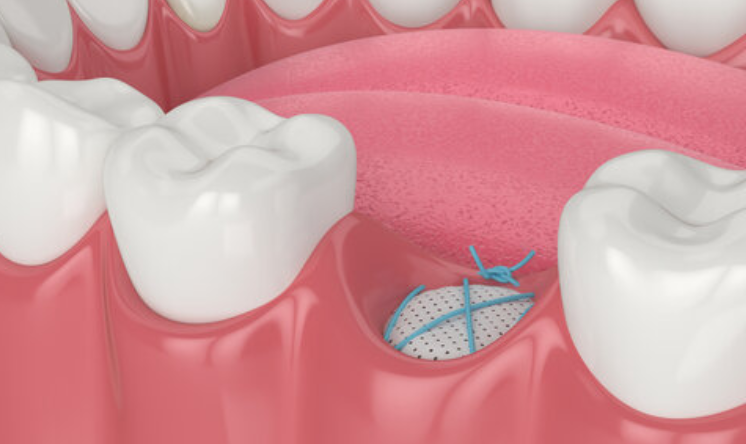San Jose, CA
Risk Factors Explained: Preventing Dry Sockets After Extraction


When it comes to dental health, understanding the risks and preventative measures can make all the difference. Dry sockets, a common complication after tooth extractions, can cause significant discomfort. This blog dives into the risk factors and strategies to prevent dry sockets, ensuring a smooth recovery.
What is a Dry Socket?
A dry socket, or alveolar osteitis, occurs when the blood clot at the extraction site fails to develop or dislodges before healing. This exposes the underlying bone and nerves, leading to intense pain and delayed healing. While relatively rare, it’s a condition that can be avoided with the right knowledge and care.
Recognizing the Symptoms
Identifying a dry socket early can prevent further complications. Symptoms typically appear a few days post-extraction and include:
- Severe pain radiating from the extraction site
- Visible bone within the socket
- Unpleasant taste or odor in the mouth
- Swollen lymph nodes in the neck or jaw area
If you notice these symptoms, contacting your dentist promptly is crucial.
Key Risk Factors
Understanding the risk factors for dry sockets can help you take preventive measures. Here are the primary factors to be aware of:
Smoking and Tobacco Use
Smoking is one of the most significant risk factors for dry sockets. Nicotine reduces blood flow to the gums, impeding the healing process. Additionally, the act of inhaling can dislodge the blood clot formed after extraction. It’s advisable to refrain from smoking for at least 48 hours post-extraction to minimize this risk.
Oral Contraceptives
Women using oral contraceptives are at a higher risk of developing dry sockets. The estrogen in these medications can affect blood clotting and healing. Scheduling your extraction during the lower estrogen phase of your cycle may reduce this risk.
Poor Oral Hygiene
Maintaining good oral hygiene is essential. Bacteria from poor oral hygiene can infect the extraction site, leading to complications. Regular brushing, flossing, and using an antiseptic mouthwash can help keep your mouth clean.
Previous Dry Sockets
If you’ve had a dry socket before, the likelihood of experiencing it again increases. Inform your dentist about your history, as they may take additional precautions during your extraction.
Traumatic Extractions
Complex or traumatic extractions, such as the removal of impacted wisdom teeth, have a higher risk of resulting in dry sockets. Ensuring your dentist San Jose uses gentle techniques and provides proper aftercare instructions can help mitigate this risk.
Preventative Measures
Taking steps to prevent dry sockets is essential for a smooth recovery. Here are some effective strategies:
Follow Post-Extraction Instructions
Your dentist will provide specific aftercare instructions post-extraction. Following these instructions closely is crucial. This may include recommendations for diet, oral hygiene, and activity restrictions to promote healing.
Avoid Straws and Sucking Motions
Using straws or making sucking motions can dislodge the blood clot from the extraction site. Avoid these actions for at least a week after your procedure.
Eat Soft Foods
Sticking to a diet of soft foods can prevent irritation at the extraction site. Opt for foods like yogurt, mashed potatoes, and smoothies. Gradually reintroduce solid foods as you heal.
Maintain Hydration
Staying hydrated aids the healing process. Drink plenty of water, but avoid carbonated or hot beverages that could disturb the extraction site.
Use Pain Medications as Prescribed
Your dentist may prescribe pain medications to manage discomfort. Use these medications as directed to maintain comfort and reduce inflammation, which can promote healing.
When to Seek Professional Help
While minor discomfort is expected after an extraction, severe or prolonged pain may indicate a dry socket. If pain persists beyond three days or worsens, it’s time to reach your dentist. They may need to clean the socket and apply a medicated dressing to alleviate pain and promote healing.
The Role of Your Dentist
Choosing an experienced dentist plays a significant role in preventing dry sockets. A skilled professional will use gentle extraction techniques and provide comprehensive aftercare instructions. If you’re in San Jose,


